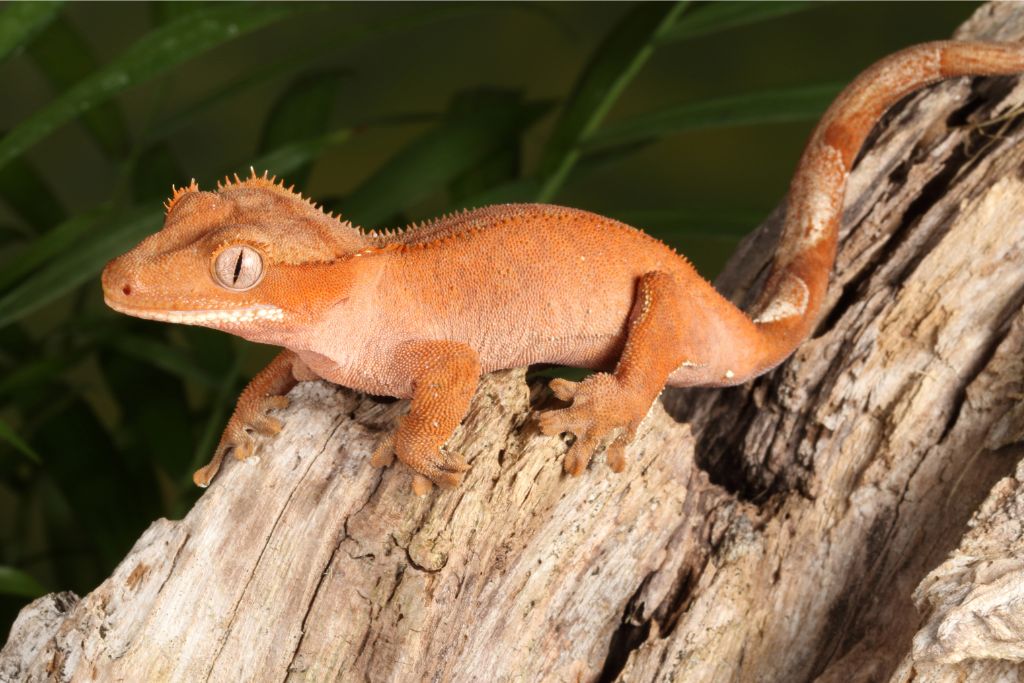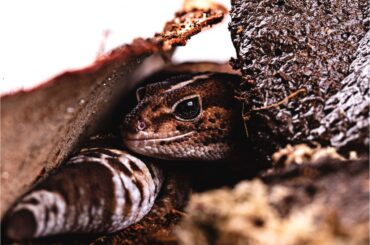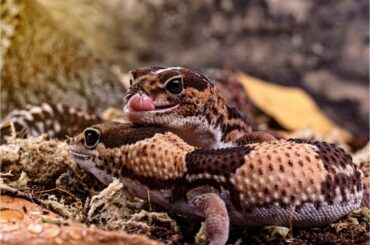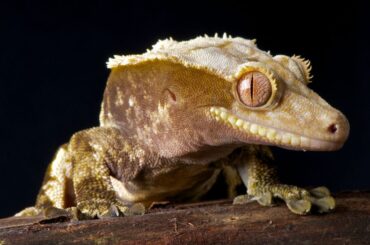Are you curious about crested geckos and their intriguing world? Do you wonder how large these adorable animals can grow? If you want to keep one of these lizards as a pet or are just fascinated by them, you should become knowledgeable about their life cycle.
People like crested geckos as pets because they look different and don’t need much care. These New Caledonian reptiles dwell in trees, have stunning back crests, and are incredibly agile climbers and jumpers. To keep oneself healthy and happy, it is crucial to understand how these pets develop and alter as their popularity grows.
Understanding crested gecko’s height, weight, and growth trends is crucial for their health. For proper care, a suitable habitat is needed for hatchlings to adults. You must study their growth to give them a good place to live, food, and early health checks. Let’s discover how crested geckos get big and how fast they grow!
Growth Stages of a Crested Gecko
Like reading an interesting book, learning how a crested gecko grows is fun. From hatchlings to adults, there are several phases of development. Here, we will examine the several stages of growth in these reptiles. Keep on reading to find out all about the incredible crested gecko!
Baby Crested Gecko Size
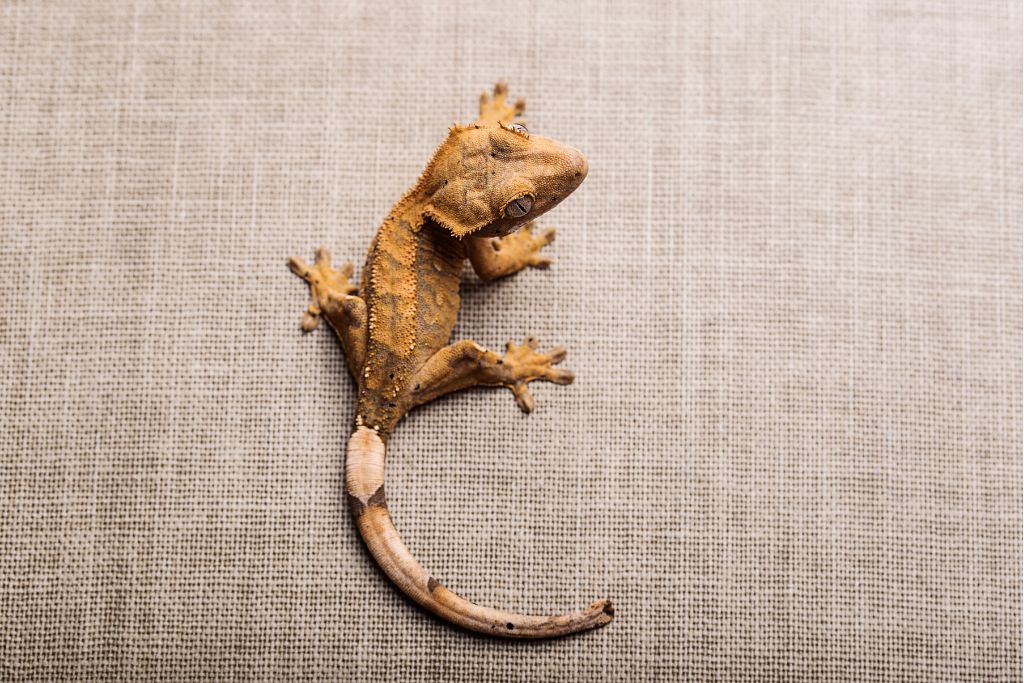
The world’s cutest newborn geckos are hatchlings, also called baby crested geckos. Upon hatching, these little beings measure between two and four inches in length. Their modest size is belied by the distinctive appearance they provide, thanks to their transparent skin and vibrant hues.
In their first few months, crested gecko babies grow very quickly. They can grow twice or four times as big. It is crucial to provide them with a tiny, secure housing with adequate ventilation and nutritious food at this crucial time.
Crested gecko babies take approximately that long to go from hatchlings to juveniles. Many months pass during this phase. The distinctive crests that give these animals their name appear on their backs as they mature. The key to a crested gecko’s long and healthy life is learning about and helping it through its formative years.
Sub-Adult Crested Gecko Size
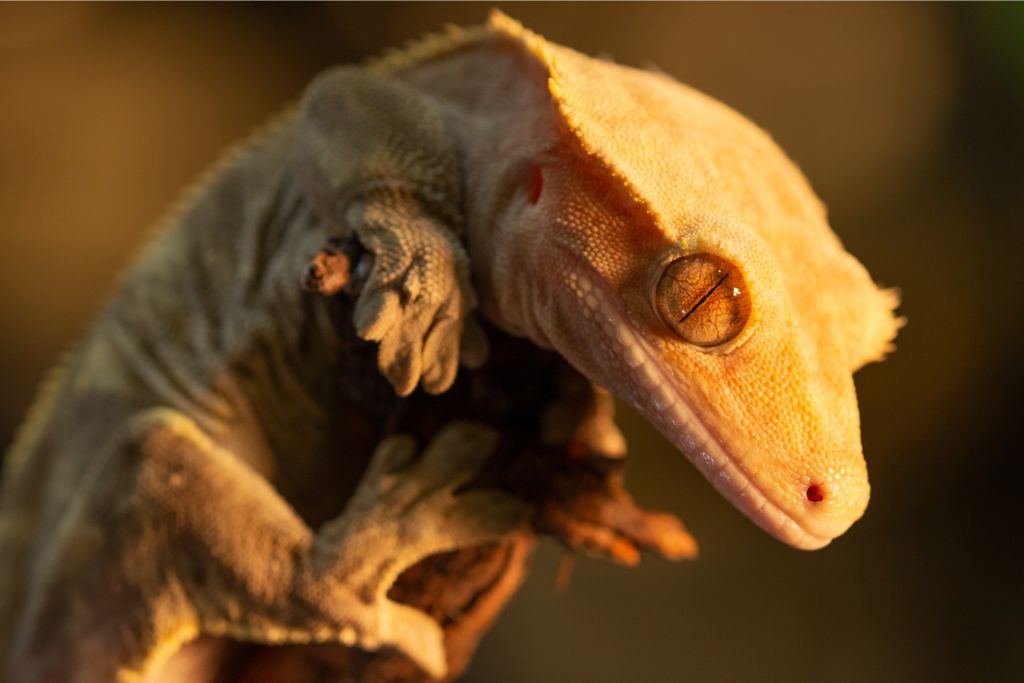
The sub-adult stage is when crested geckos grow and become adults. The subadult crested gecko matures at around 7 or 8 months of age and grows somewhat quicker than the juvenile. These lizards range in weight from 25 to 45 grams and measure 5 to 8 inches long.
As they get bigger, sub-adult crested geckos may take over their cages. The tanks need to be bigger to help them grow and let them climb and explore. They require a suitable dwelling for their health and satisfaction during this period.
Crested geckos develop differently as adults. As early as 8 to 12 months, some girls are sexually mature. Males are fully grown in 12 to 18 months. Knowing these milestones can help you care for and create a good setting for male and female sub-adult crested geckos.
Adult Crested Gecko Size
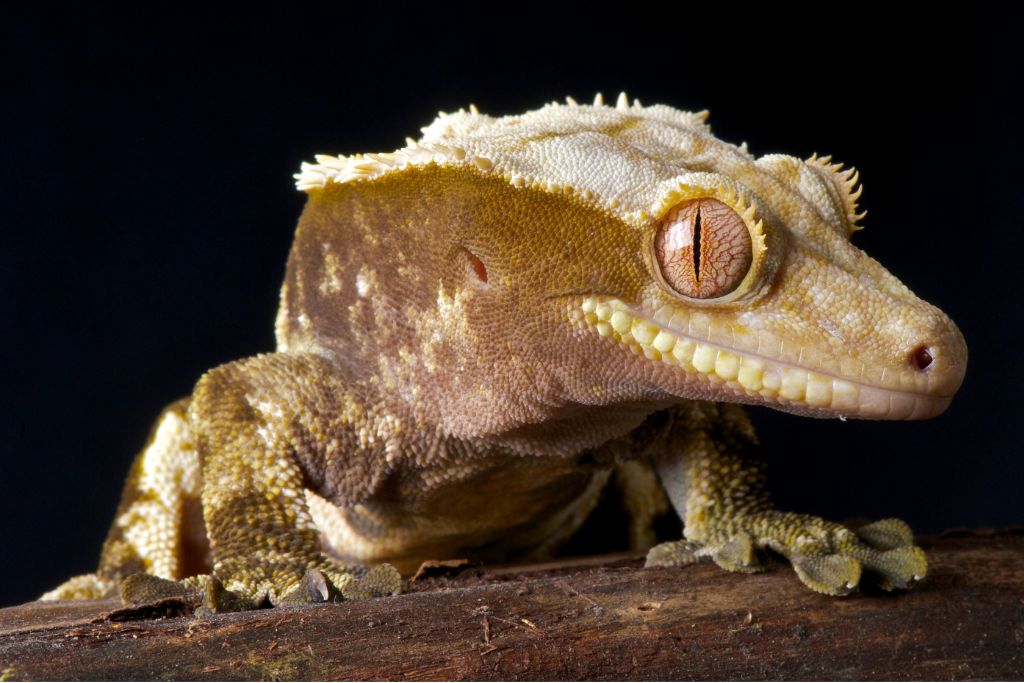
At twelve months of age, female crested geckos reach sexual maturity, whereas males reach sexual maturity at six months.
These geckos reveal their future size and characteristics when they are adults. A male crested gecko weighs about 50 grams, and a female weighs about 45 grams. In general, they are at least seven inches long.
By the 18th month, both sexes have reached sexual maturity. Females average 45 grams and males 60 grams by this stage. You need to know when crested geckos achieve sexual maturity if you intend to breed them or take care of them.
Even as adults, crested geckos undergo morphological changes that amplify their size and add visual appeal. They still require the correct setting, nourishment, and medical attention as adults. Accompanying crested geckos throughout their development is rewarding for both animals and humans.
Crested Gecko Size Chart Summary

Measuring Crested Gecko Size
Want to know how big a crested gecko really is? You must use light touch and safety tips to measure these magical beings correctly. Let’s discuss how to measure the size of a crested gecko and how to stay calm.
Methods in Measuring Crested Gecko Size:
- Tail-to-Snout Length: A tape or soft ruler should be used to measure from the nose tip to the tail end of the gecko. This helps you track how long your crested gecko is as a whole.
- Weight Measurement: A small digital cooking scale can determine how much your gecko weighs. For a correct reading, put the gecko in a small container on the scale for a short time.
- Growth Chart Comparison: Write down your gecko’s measures often and compare them to a growth chart. This will help you track its progress and ensure it meets all of its goals.
Tips for Handling Geckos During Measurements:
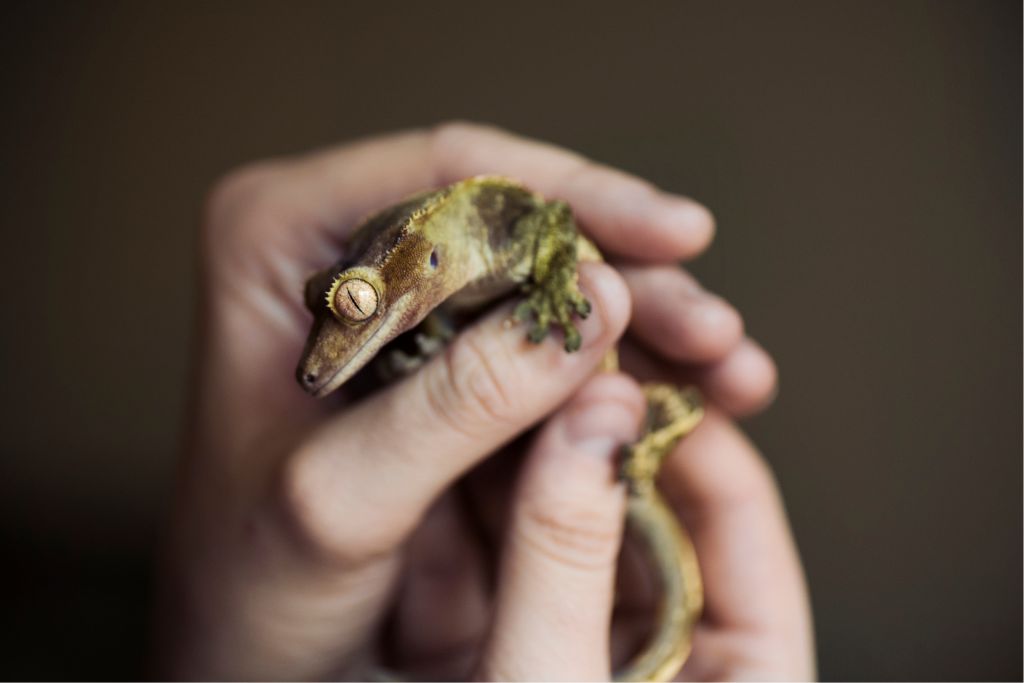
- Be Gentle: Be careful not to startle your gecko as you approach it. Carefully lift them up, cradling their body to alleviate any strain.
- Use a Soft Surface: While you measure, put your gecko on something soft, like your hands or a towel. This keeps them comfortable and stops them from moving.
- Keep It Short: Reduce stress for your gecko by limiting the measured time. For a pleasant experience, quick and precise measurements are desired.
Factors Affecting Crested Gecko Size
Ever think about why crested geckos come in different sizes? The size of these interesting animals depends on several things. Knowing about genetics and the surroundings can help you understand how crested geckos grow. Let’s look at the main things that determine these cute animals’ size.
Genetics
Like people, crested geckos get genes that determine their size as they grow up. Parental genes determine how big a crested gecko is. If the gecko’s parents were small, the gecko would be small, too. The gecko could get bigger, though, if its parents were bigger.
Both genetic and external factors control a crested gecko’s growth. With good genes and care, you can get a crested gecko that is the right size and is happy and healthy. When you see your crested gecko’s size, you might praise its genes for making it so unique.
Diet and Nutrition
Crested geckos need balanced food to stay strong and healthy. For it to grow well, your crested gecko needs to eat enough. Commercial crested gecko food, insects, and veggies comprise a healthy diet. The vitamins and minerals in these foods benefit their overall health, bones, and muscles.
Providing varied foods ensures that your crested gecko gets all the nutrition it needs to grow. Also, give your gecko clean water to drink to stay healthy. Paying attention to what your crested gecko eats will help it stay healthy and grow.
Environmental Factors
Crested geckos do best in homes that are cozy and unique to them. The size of a crested gecko depends on its habitat and how it lives. Keeping geckos in spacious, attractive habitats, with plenty of plants, branches, and hiding spots, encourages mental and physical activity, improving their health.
Weather and humidity are also important. As in their original habitat, they thrive at 72 to 80°F (22 to 27°C) and 60 to 80% humidity. A secure gecko will eat more and grow to its full size. You’re helping your crested gecko grow and do well by giving it a nice place to live.
Conclusion
Responsible pet ownership requires knowing your crested gecko’s size. Understanding their growth stages and how to quantify them can help you care for these fascinating reptiles. They can live long if well-nourished, in an optimum environment, and monitored frequently.
Remember that each growth stage is a new phase when caring for your crested gecko. You and your pet can enjoy many happy years together with the proper knowledge and care.
FAQs
How Big are Crested Geckos?
Male crested geckos weigh 50 grams, while females weigh 45 grams. Seven inches is their maximum length.
How Much Time Does a Crested Gecko Need to Grow to Its Full Size?
A crested gecko grows to full size in 18 months. The females become adults after 12 months, and the males after 6 months.

